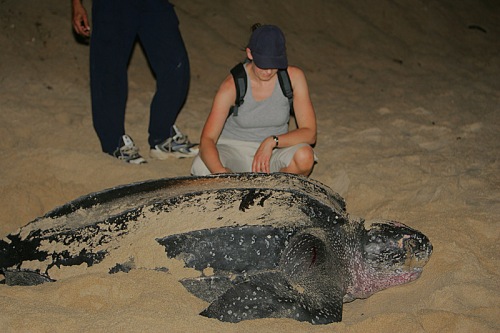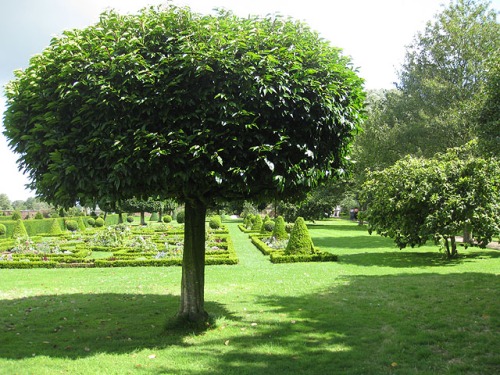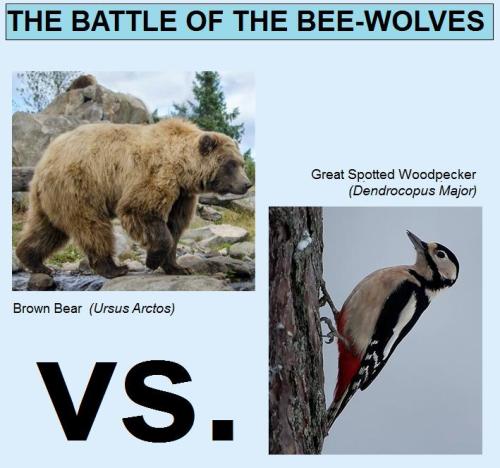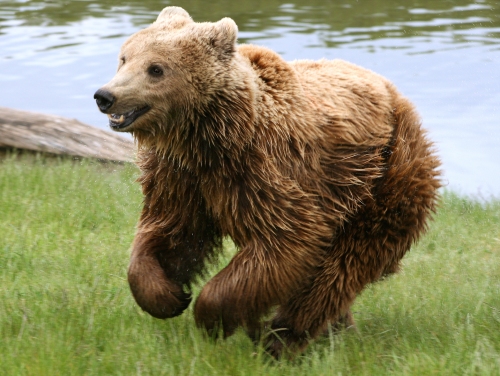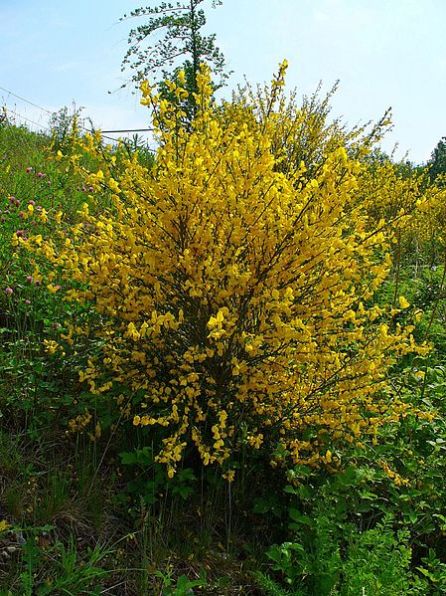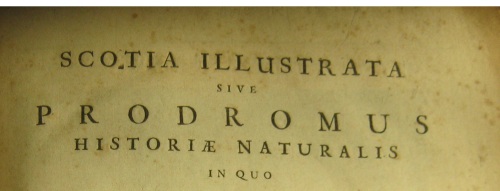
Scotia Illustrata: pre-industrial Scotland, is a postdoctoral research project run by recent Cardiff University postgraduate Lee Raye, starting on July 1st 2016.
This will be the first ever project to fully translate and comment upon a pre-Linnean Natural History from Britain.
Robert Sibbald’s Scotia Illustrata (1684) provides a full record of Scotland’s natural resources in the years before the Industrial Revolution.
The first phase of the project has been generously funded by the Society of Antiquaries of London, and the Alice McCosh Trust.
Interested parties can find out more about the work, author and text by visiting the project website: www.robert-sibbald.co.uk.

